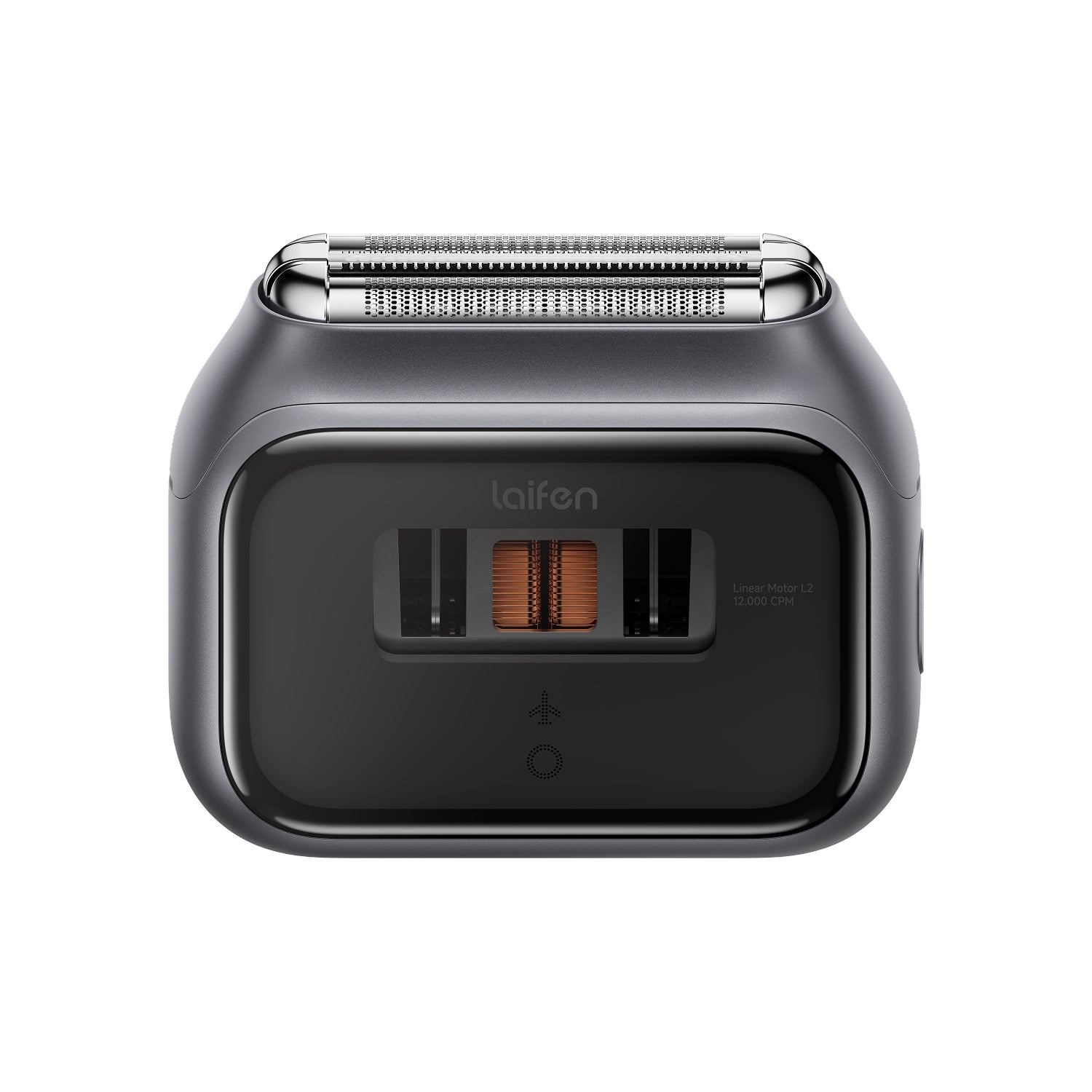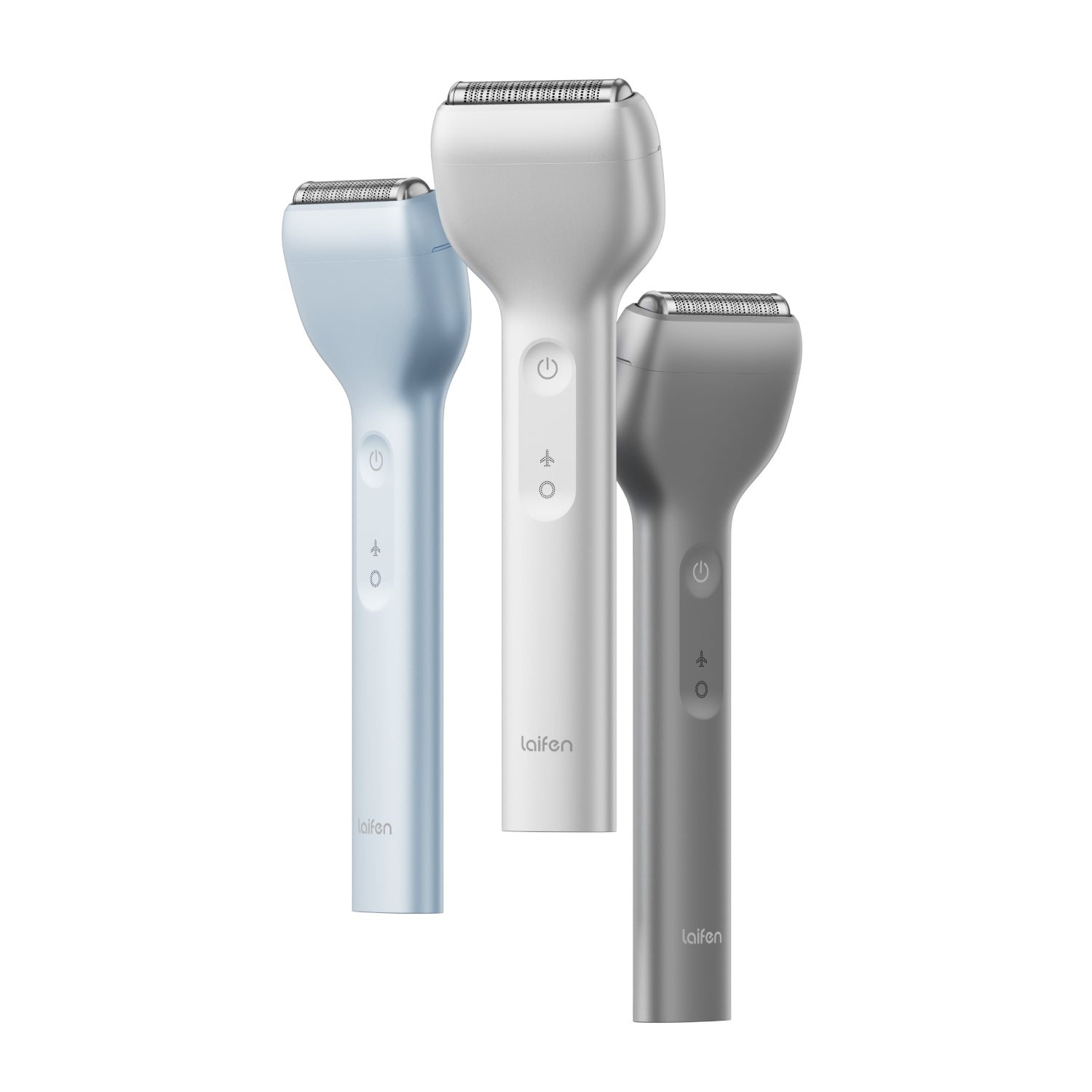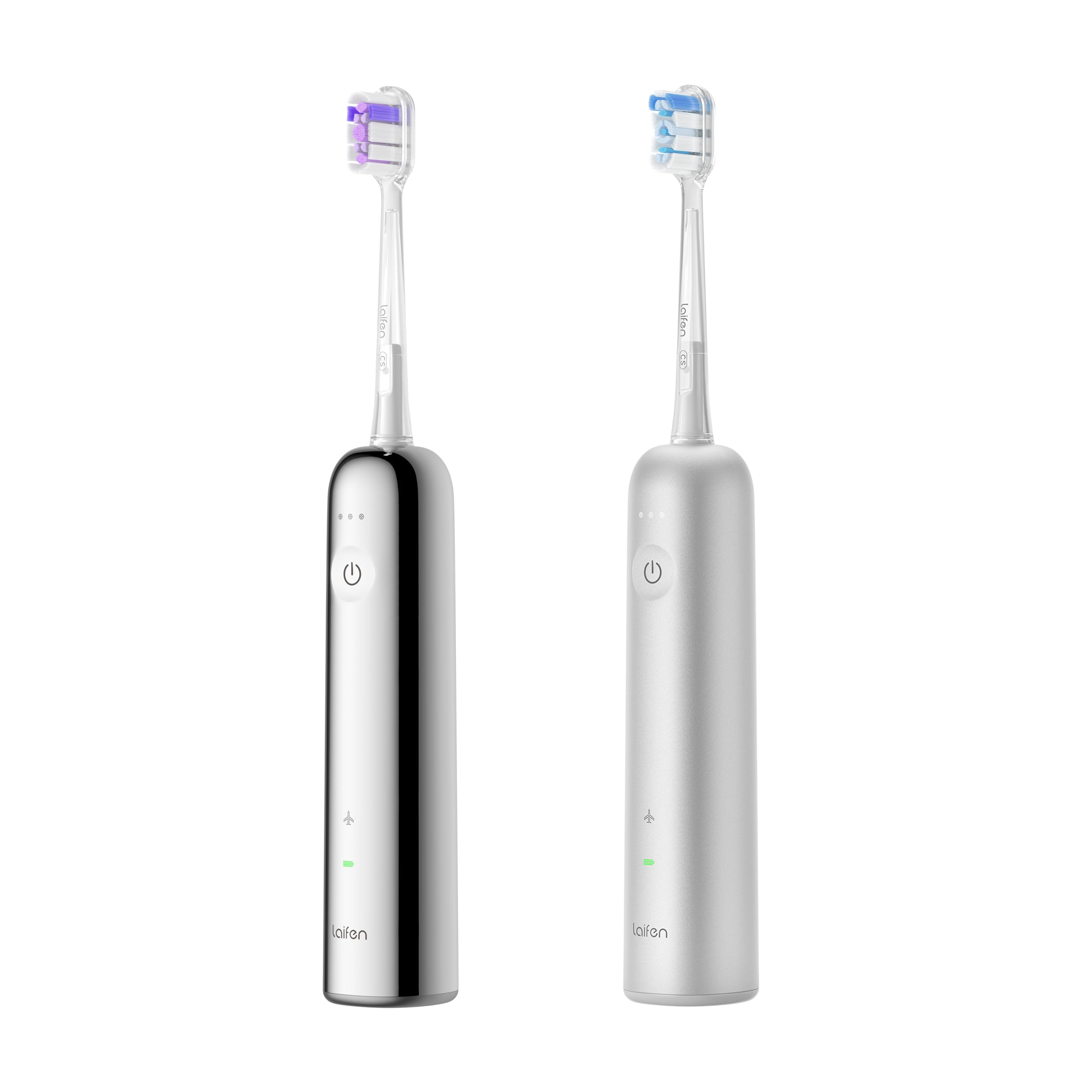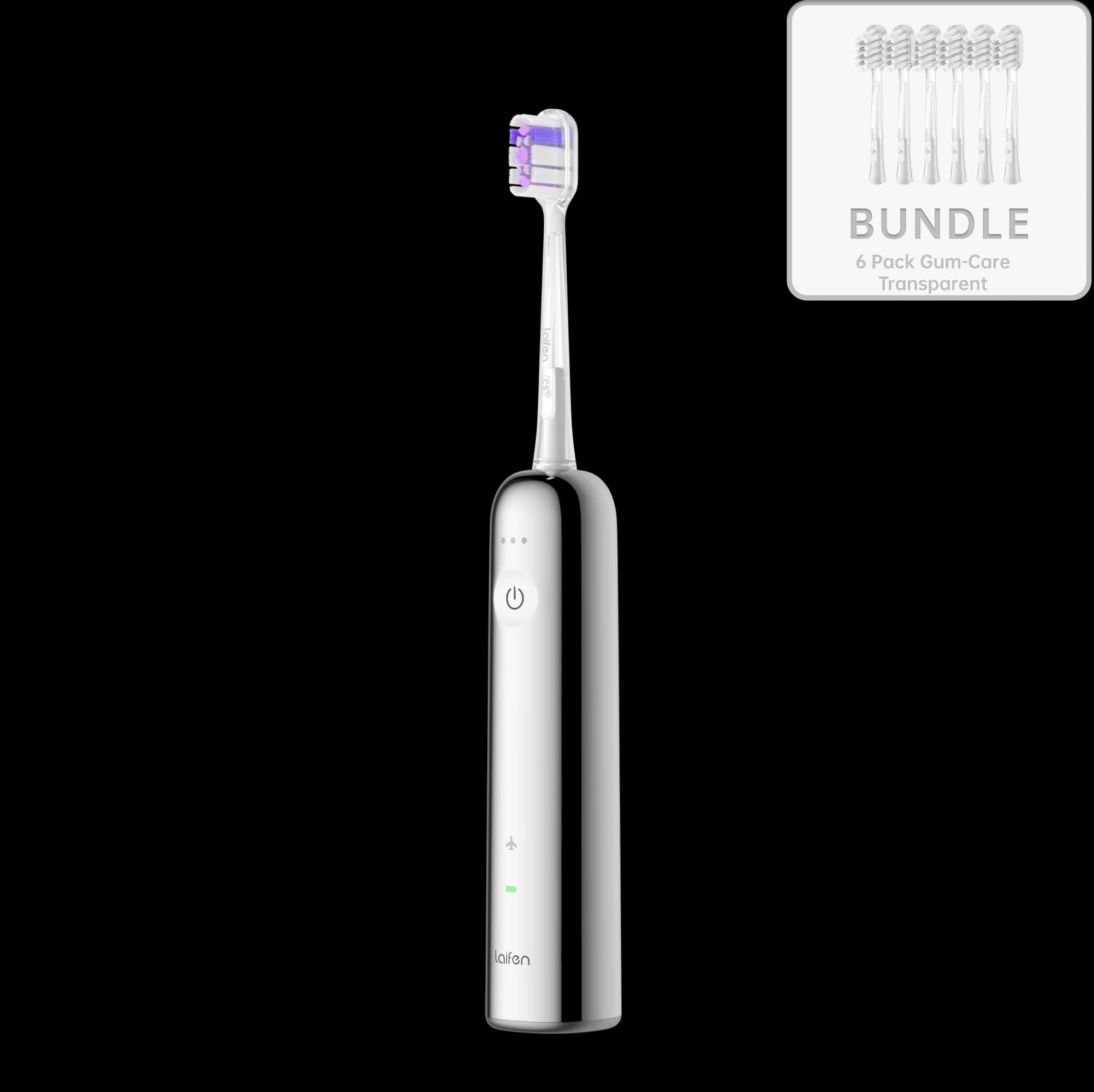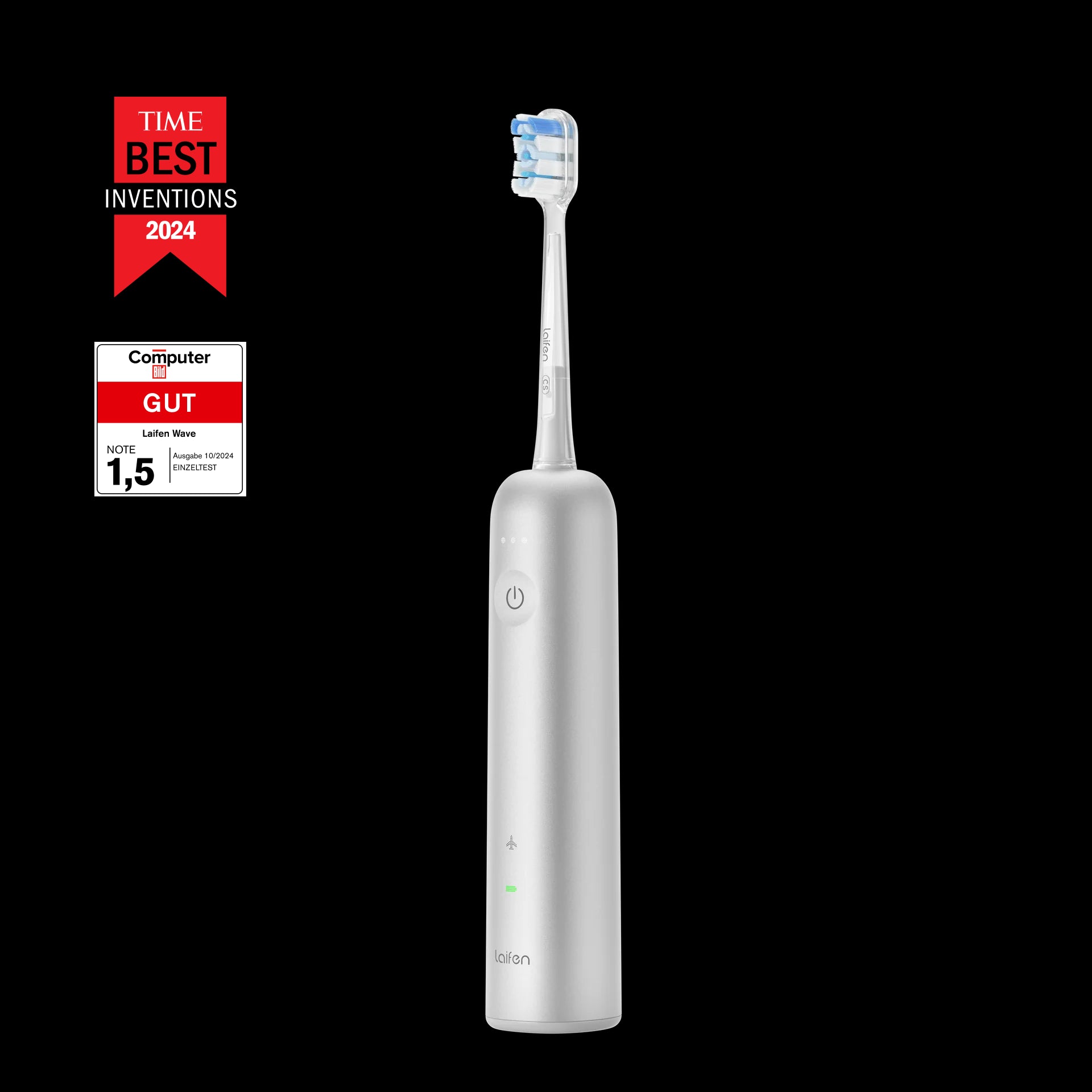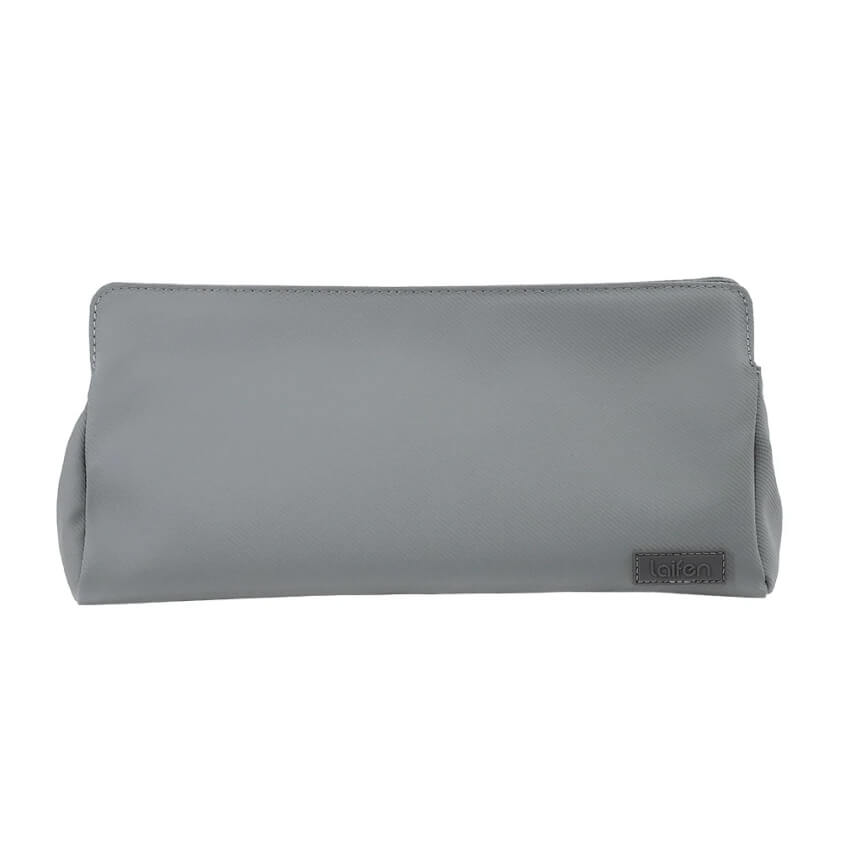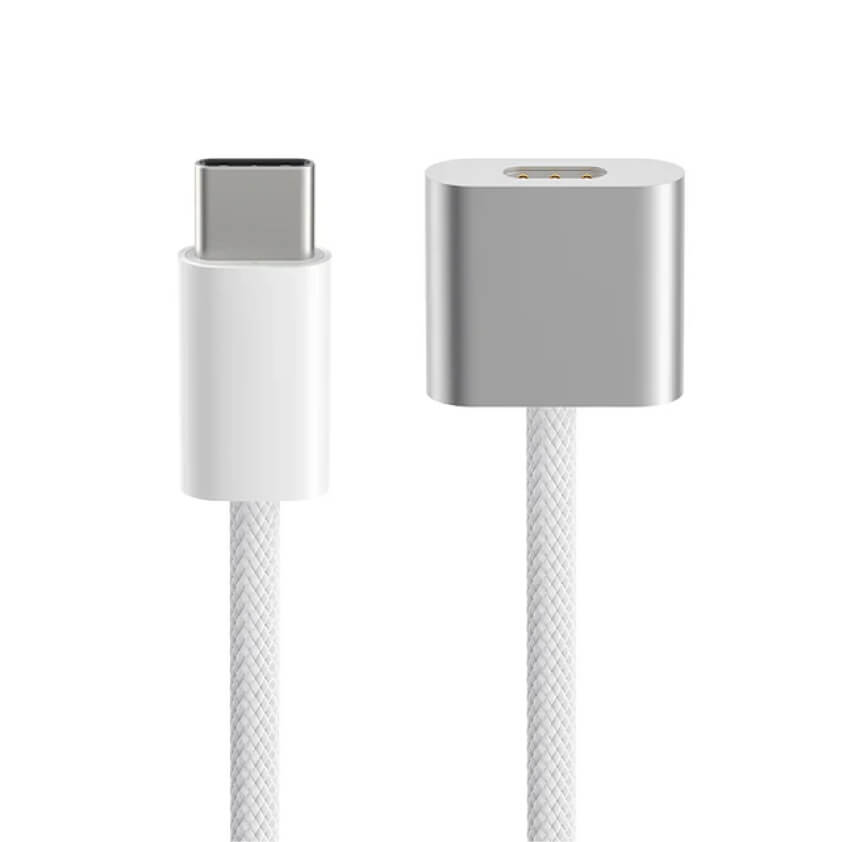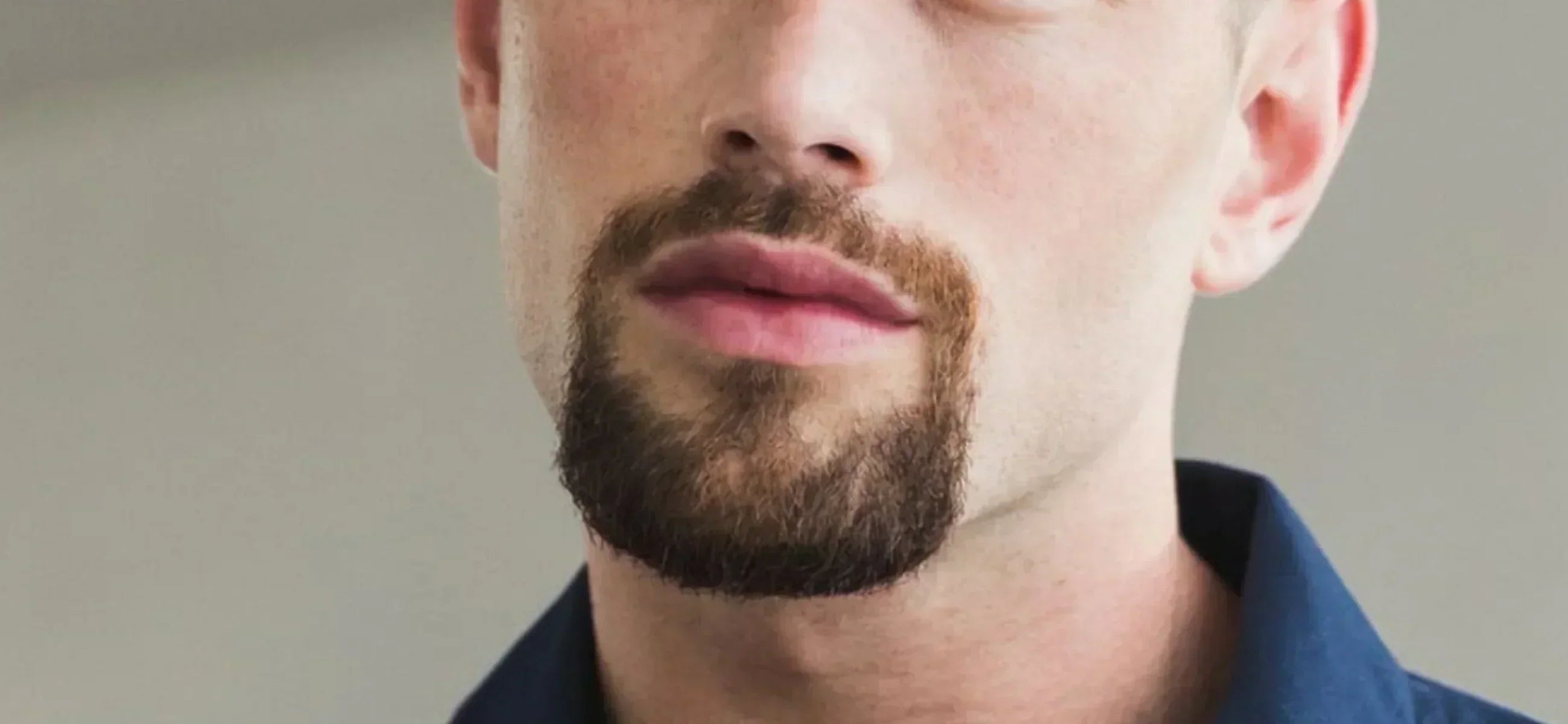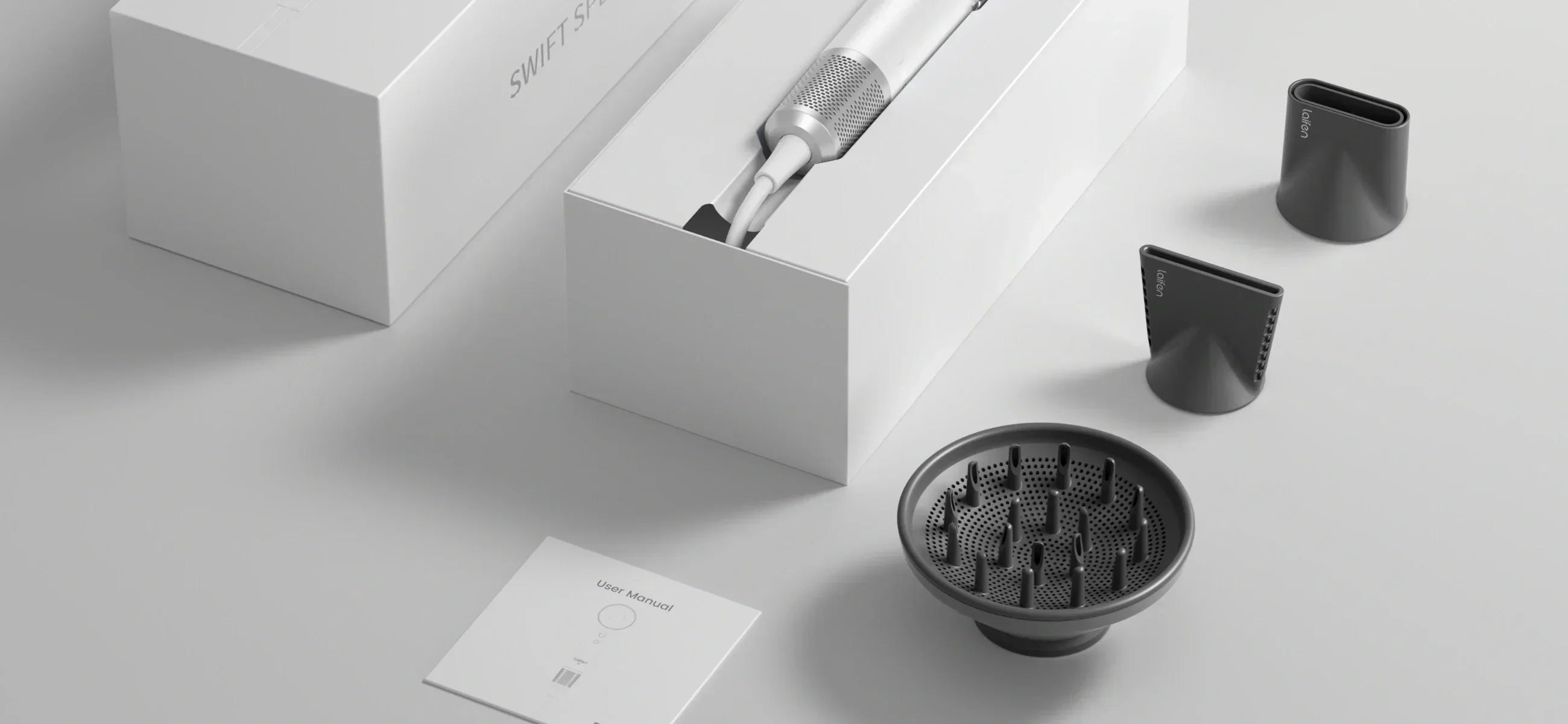
In this article
Have you heard the myth that shaving makes your beard grow faster? Or that beard growth is purely genetic and you can’t influence it? The reality is very different.
While genetics set the baseline, science shows that daily habits and proper skin care all play a huge role in beard development.
In this guide, we’ll cut through the myths and share the five most effective, research-backed ways to stimulate beard growth so you can see progress where it matters.
What affects beard growth?
Beard growth is influenced by a combination of genetics, hormones, and lifestyle choices.
Genetics determine the density, color, and growth pattern of your beard, which is why some men can grow a thick beard effortlessly while others experience patchiness.
Hormones, particularly testosterone and dihydrotestosterone (DHT), are essential for stimulating hair follicles. Higher levels of these hormones generally promote stronger, faster beard growth, but sensitivity of hair follicles to DHT varies from person to person. This explains why two men with similar testosterone levels may have very different beard growth results.

Lifestyle factors such as stress management have a direct impact on beard quality. A nutrient-rich diet ensures your hair follicles receive the vitamins and minerals needed for growth, while proper skincare keeps pores unclogged and healthy. On the other hand, poor nutrition and lack of sleep can all slow growth and cause weak or brittle hairs.
|
Factor |
Impact on beard growth |
How to improve it |
|
Genetics |
Determines density and natural growth pattern |
Work with your natural strengths, choose styles that suit your growth |
|
Hormones (Testosterone & DHT) |
Stimulate hair follicles and thickness |
Manage stress, prioritize sleep |
|
Diet & nutrition |
Provides essential vitamins and minerals for healthy follicles |
Eat protein-rich foods, vitamins B/D/E, zinc, and omega-3s |
|
Skincare routine |
Keeps follicles unclogged and reduces irritation |
Exfoliate and moisturize |
|
Lifestyle factors |
Stress, sleep |
Manage stress, sleep 7–8 hours, stay active |
Way 1. Exercise and boost circulation
When you work out, especially with a mix of strength training and cardiovascular activity, you boost blood circulation throughout the body. This increased blood flow delivers oxygen and essential nutrients directly to your hair follicles.
Exercise also plays a key role in hormone regulation. Testosterone and dihydrotestosterone (DHT) are the two hormones most responsible for facial hair growth, and both are positively influenced by consistent physical activity. Compound movements such as squats and push-ups are particularly effective at boosting testosterone naturally.
If you’re serious about beard growth, consider your workouts part of your grooming routine. Even 30 minutes of daily exercise can make a difference; not only in your beard but in your confidence, energy levels, and skin health.
Way 2. Consider supplements or professional treatments

While lifestyle changes can do wonders for beard growth, sometimes your body needs an extra boost. This is where supplements and professional treatments come in. Essential nutrients like biotin (vitamin B7), zinc, vitamin D, and omega-3 fatty acids are all scientifically linked to healthier hair follicles.
For example, biotin helps strengthen keratin while zinc supports testosterone regulation, a key hormone for facial hair development. Many men find that taking a daily multivitamin or targeted hair supplement fills nutritional gaps that diet alone may not cover.
Professional treatments are another option if you’re struggling with patchy growth. Dermatologists sometimes recommend topical minoxidil, a clinically tested solution that stimulates dormant follicles by increasing blood flow to the skin.
In recent years, microneedling has also gained popularity, tiny controlled punctures in the skin encourage collagen production and improve absorption of growth serums.
Way 3. Follow a proper beard care routine

Start with cleansing: wash your beard two to three times a week with a beard shampoo to remove dirt and oil without over-drying. Follow this with beard oil or moisturizer to hydrate both hair and skin, preventing itchiness and flakes.
Trimming is where your routine truly elevates growth, and the right tool makes all the difference. The Laifen P3 Pro electric shaver uses dual linear motors with up to 24,000 cycling cuts per minute, so you can have a smooth, precise trim every time. Besides, its IPX7 waterproof design means you can use it in the shower or on dry skin.

Laifen P3 Pro 3-Blade Electric Shaver with Linear Motor
Here’s a quick 4-step trim guide with Laifen P3 Pro:
1. Wash and towel-dry your beard.
2. Comb it in the direction of growth.
3. Trim stray hairs along cheek and neckline with short strokes.
4. Use beard oil for shine.
Way 4. Maintain a healthy diet
What you eat directly influences how your beard grows. Hair is made mostly of keratin, a protein that depends on nutrients like vitamins, minerals, and amino acids. Without the right fuel, your beard may grow slower, appear patchy, or look brittle. Here are 4 beard-friendly food rules to follow:
1. Prioritize protein – Eggs, chicken, fish, and legumes strengthen keratin and support thicker strands.
2. Load up on vitamins – Vitamin D (from fatty fish or sunlight) boosts follicle activity; B vitamins (whole grains, nuts) enhance hair strength.
3. Don’t skip healthy fats – Omega-3s from salmon, walnuts, or flaxseeds nourish follicles and reduce dryness.
4. Stay hydrated – Water keeps both skin and beard hair moisturized, preventing breakage.
Interactive tip: Next time you shop, make a quick “beard grocery list”: eggs, spinach, salmon, almonds, and avocados. These staples are beard boosters hiding in plain sight.
Way 5. Get enough sleep and manage stress
Sleep and stress might not seem directly connected to beard growth, but they play a critical role. When you sleep, your body enters repair mode, releasing growth hormones, balancing testosterone, and improving blood circulation.
On the flip side, unmanaged stress triggers cortisol, a hormone that directly interferes with testosterone production and weakens hair follicles. High stress levels can even lead to beard shedding or patchy growth.
Myths vs. Facts about beard growth
Let’s separate the myths from the facts so you can focus on what really works.
Myth 1: Shaving makes your beard grow back thicker.
This is one of the most common misconceptions. Shaving cuts hair at the surface, giving it a blunt edge that looks thicker as it grows back. But in reality, shaving has no effect on follicle density or growth rate.
Myth 2: Beard growth is 100% genetic, and nothing can change it.
Genetics play a huge role, but they aren’t the whole story. Hormones, nutrition, and lifestyle choices can improve the quality of growth. For example, exercise and a nutrient-rich diet can support healthier follicles, even if you have patchy areas.
Myth 3: Only expensive products can grow a beard.
While high-quality grooming products help maintain a healthy beard, they don’t create new follicles. A balanced approach does far more than relying on one “miracle” product.
Fact 1: Hormones matter.
Testosterone and DHT (dihydrotestosterone) directly influence beard growth. Activities that balance hormones, like exercise, sleep, and stress management, have a real impact.
Fact 2: Skincare supports beard growth.
Clean, exfoliated skin allows follicles to thrive. Beard oils, moisturizers, and proper cleansing create the best environment for growth.
Fact 3: Patience is key.
Beard growth takes time. On average, facial hair grows about half an inch per month. Consistency delivers results.
To sum up
While genetics play their part, you now know that daily habits like exercising, eating a nutrient-rich diet, following a proper grooming routine, managing stress, and getting enough sleep can all influence your beard’s potential.
Beard growth doesn’t happen overnight. It takes weeks, sometimes months, for changes to show. The key is to stay consistent and trust the process. Instead of chasing myths or quick fixes, focus on these proven strategies and make them part of your lifestyle. With time, you’ll notice not only better beard density but also improved skin health and overall confidence.

